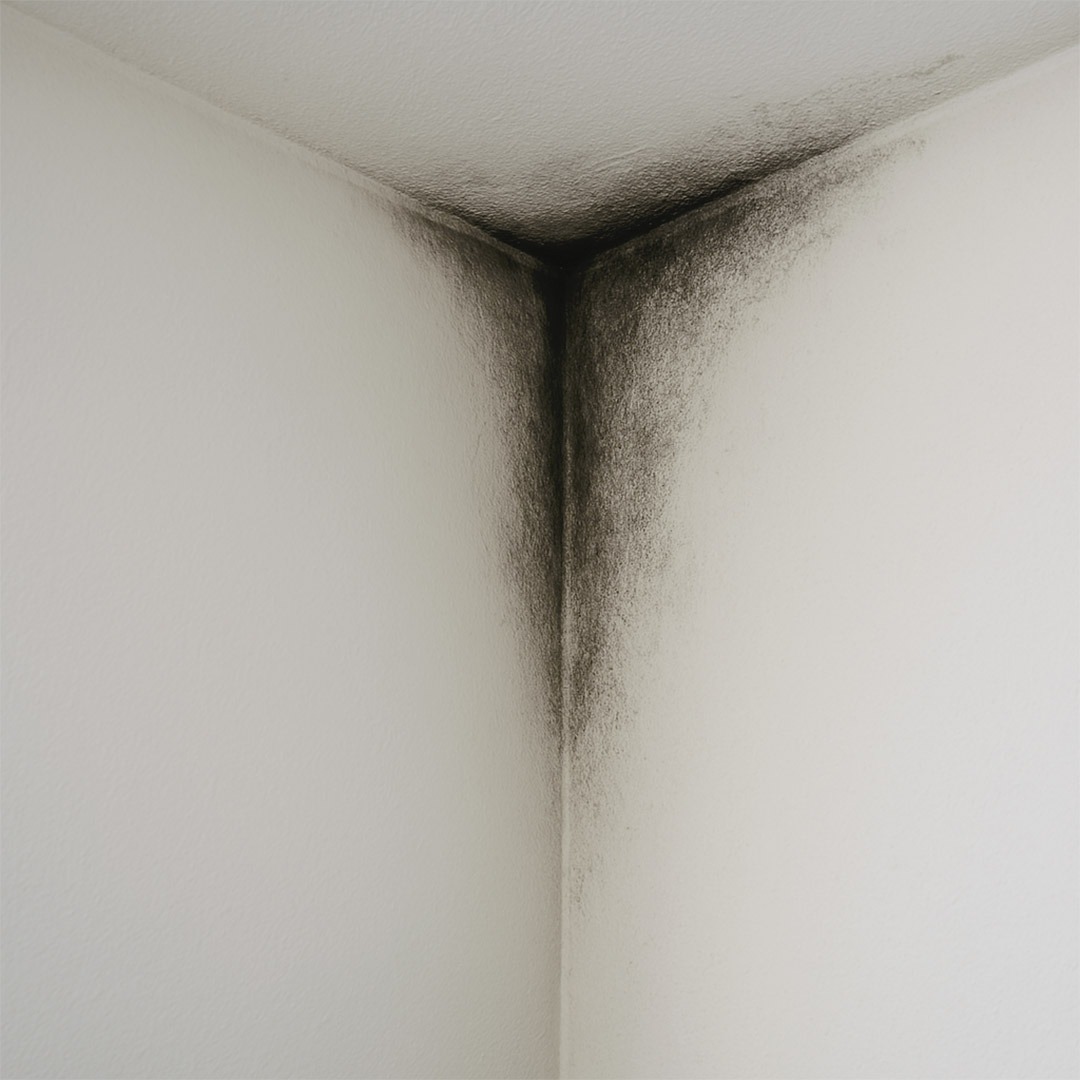ADVERTISEMENT
### **How to Identify Mold or Mildew on Walls**
If you’re uncertain whether the black marks on your walls are mold or something else, here are some signs to look for:
– **Smell**: Mold often has a musty or earthy odor. If you notice a distinct smell near the black spots, it’s likely mold.
– **Texture**: Mold tends to have a fuzzy or slimy texture. If the marks feel damp or slightly raised, it could be mold or mildew.
– **Location**: Mold typically grows in corners or areas with poor ventilation or high humidity. If the marks are located near windows, doors, or behind furniture, mold could be the culprit.
– **Color**: Mold can range in color from green, yellow, and white to black. Black mold is particularly dangerous because it releases mycotoxins, which can affect your health.
### **How to Treat Black Marks on Walls**
#### **1. Cleaning Mold and Mildew**
If you’ve identified mold or mildew as the cause of the black marks, it’s essential to act quickly. Mild cases of mold can be cleaned with household products, but extensive mold infestations may require professional remediation.
**Steps for cleaning mold:**
– **Protect yourself**: Mold can be hazardous, so always wear gloves, a mask, and goggles when cleaning mold.
– **Prepare a cleaning solution**: Mix **one part bleach** with **three parts water** or use **vinegar** or **baking soda** for a natural approach.
– **Scrub the affected area**: Use a scrub brush or sponge to clean the mold from the wall. Make sure to get into the corners and any areas where mold is visible.
– **Dry the area thoroughly**: After cleaning, ensure that the area is dry to prevent mold from returning. Use fans or dehumidifiers to aid in drying.
**Note**: If the mold is widespread or if you’re unable to remove it effectively, it’s best to call a professional mold remediation service. Mold can penetrate the wall materials, and improper cleaning can cause it to spread further.
#### **2. Fixing Water Damage**
Water damage must be addressed both in terms of fixing the immediate issue (such as a leaking pipe) and repairing the resulting damage. If you suspect water damage:
– **Locate the source of the leak**: Inspect the roof, windows, and plumbing for leaks. Fix any issues to prevent further moisture buildup.
– **Dry the area**: Use fans, dehumidifiers, or heat to dry the area thoroughly. If the wall remains damp, mold will continue to grow.
– **Repair the wall**: Depending on the extent of the water damage, you may need to replace drywall or repaint the affected area. If the damage is extensive, it might require professional repair.
#### **3. Dealing with Dirty Walls or Smoke Residue**
If the black marks on the walls are due to smoke or accumulated dirt, they can often be cleaned without much hassle. Here’s how to deal with dirty walls:
– **Dust the area**: Use a soft cloth or a vacuum cleaner with an upholstery attachment to remove any surface dust or dirt.
– **Use a cleaning solution**: Mix warm water with a small amount of dish soap or all-purpose cleaner. Use a sponge to gently clean the walls, focusing on the black spots.
– **Repaint the walls**: If the black marks are persistent, you may need to repaint the affected walls with a high-quality primer and paint.
#### **4. Preventing Future Issues**
Once you’ve addressed the issue, it’s essential to take steps to prevent black marks from reappearing. Here are a few preventative measures:
– **Improve ventilation**: Use fans, exhaust vents, or dehumidifiers to reduce moisture buildup in high-humidity areas like bathrooms and kitchens.
– **Address leaks**: Ensure that your roof, plumbing, and windows are in good condition and free from leaks.
– **Increase airflow**: Open windows regularly, especially in areas that tend to be damp. Proper airflow is key to keeping mold and mildew at bay.
– **Regular cleaning**: Regularly clean and inspect corners and other areas where mold and dust tend to accumulate.
### **Conclusion**
Black marks on walls, especially in corners, should not be ignored. Whether it’s mold, mildew, water damage, or dirty walls, the presence of these marks indicates an underlying issue that requires attention. By understanding the causes of black stains and following the appropriate steps to clean and prevent them, you can maintain a healthy and clean home environment.
Regular maintenance, proper ventilation, and prompt attention to leaks and moisture issues are crucial to preventing mold and water damage. If the problem persists or is widespread, it’s always best to seek professional help to ensure the safety and health of your living space. With the right approach, you can restore your walls to their original condition and ensure that your home remains safe and comfortable for years to come.
